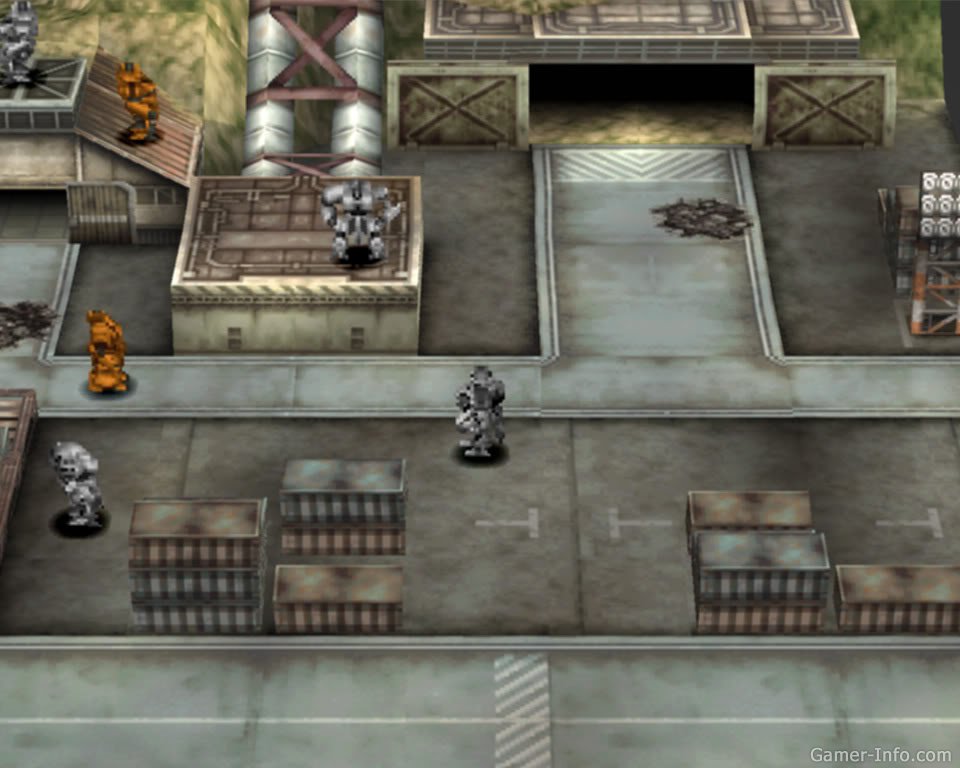

We had the holy grail of the super-high-resolution Apollo mission scans and they were just sitting there on a server!’Īndy began by working on some 16mm footage of Neil Armstrong in order to pull out individual stills, before deciding to check out the whole Apollo back-catalogue. Nobody else was working up the images, including NASA. I sent back the remastered versions of the scans to NASA, but it wasn’t like I was contacted by them at the beginning. They are more than happy for people to work on them.

‘NASA has an open-source policy, so anyone can access the image scans. The right stuffĪndy begins by stressing that this project was never driven or funded by NASA. We caught up with Andy to find out more about this labour of love. His new book, Apollo Remastered, includes much more detailed shots of Buzz Aldrin and Neil Armstrong from the first moon landing, Apollo 11, Jim Lovell and the Apollo 13 crew struggling to get their stricken transit craft back in one piece, and much more. Now, however, expert image restorer Andy Saunders has painstakingly worked on digital scans of this massive archive, bringing the original images to life as never before. Dry air, pressure changes, moon-dust irritation and sheer exhaustion are thought to have contributed to Armstrong’s red, teary eyes. Buzz Aldrin’s portrait of Neil Armstrong, moments after their historic moonwalk.


 0 kommentar(er)
0 kommentar(er)
